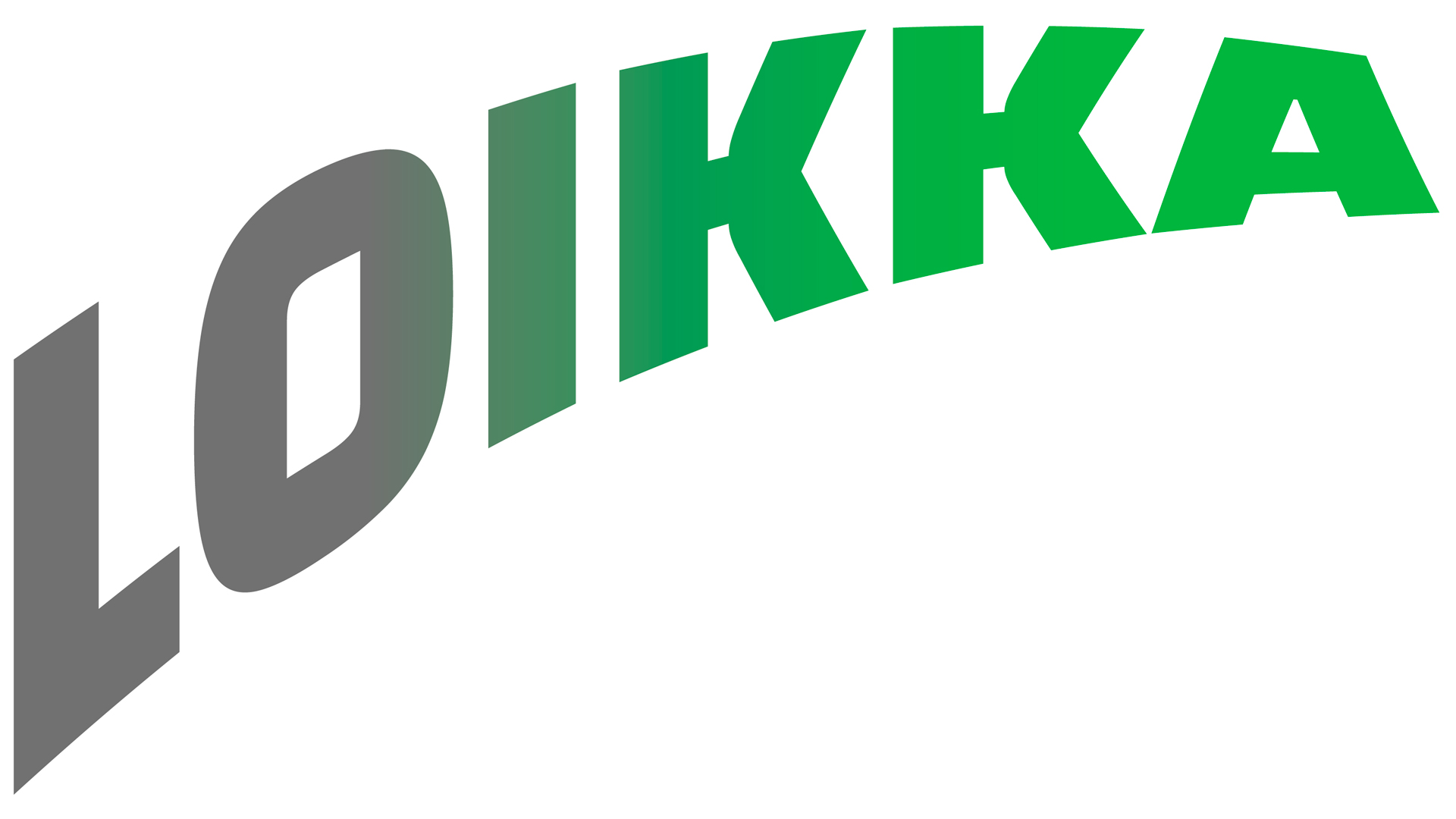In English | ISSUE 2/2024
LOIKKA – Halving CO2 emissions of concrete

LOIKKA was research & development project aiming at 50% reduction of CO2-emissions of concrete. According to the targets, the reduction should be achieved in year 2028. The project consisted of a research project at Aalto University and 5 industrial projects. The project was financed mainly by Business Finland through RRF funding of EU.
As the CO2-reduction will be needed in short period, extensive utilization of blast furnace slag was seen as the most potential possibility. Blast furnace slag is well available, there are lot of experiences from the use of it and slag fulfills requirements of the European cement and concrete standards. Even though slag has been commonly used in concrete, the use of slag in low-carbon concrete will affect the properties of concrete, especially early strength development and durability properties of concrete. Aim of LOIKKA-project was to solve challenges related to slag cement and thereby ease to use of slag cements.
The main challenge is related to early strength development of slag cement. Slag is reacting rather slowly during the first days and possibilities of thermal and chemical activation to boost strength development were investigated. With CEM III/A-type cement (40% slag) it was rather simple to achieve the same early strength level as with the reference cement. However, with CEM III/B-type this more challenging, the target was achieved only with combination of thermal and chemical activation, but more research will be needed. Salt freezethaw resistance is critical for slag concrete. It was ensured that the existing limit value for the slag content (50%) is correct. It was also observed that the scaling in the slab test is very sensitive for the condition before the testing. The carbonated samples show app. 10 times bigger scaling values compared with water stored specimens (testing at 1 year).
After LOIKKA-project, the major needs for the further research are early strength development and durability properties of slag concretes. In addition, it is very important to find alternative methods for producing low carbon concretes in larger volumes. In the longer term carbon capture at cement factories is seen very important.



